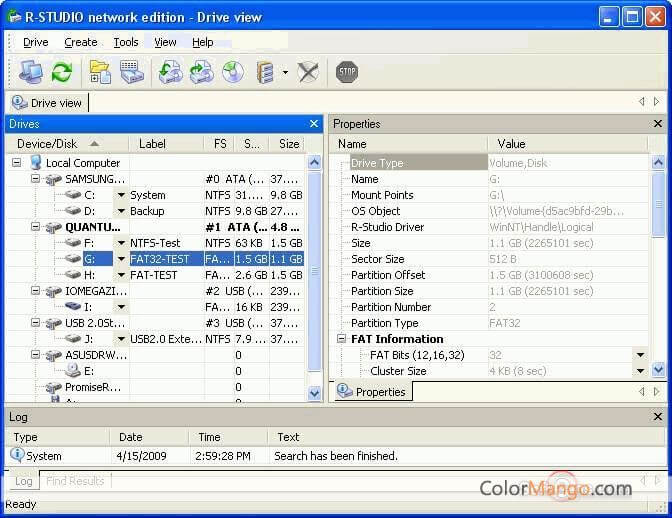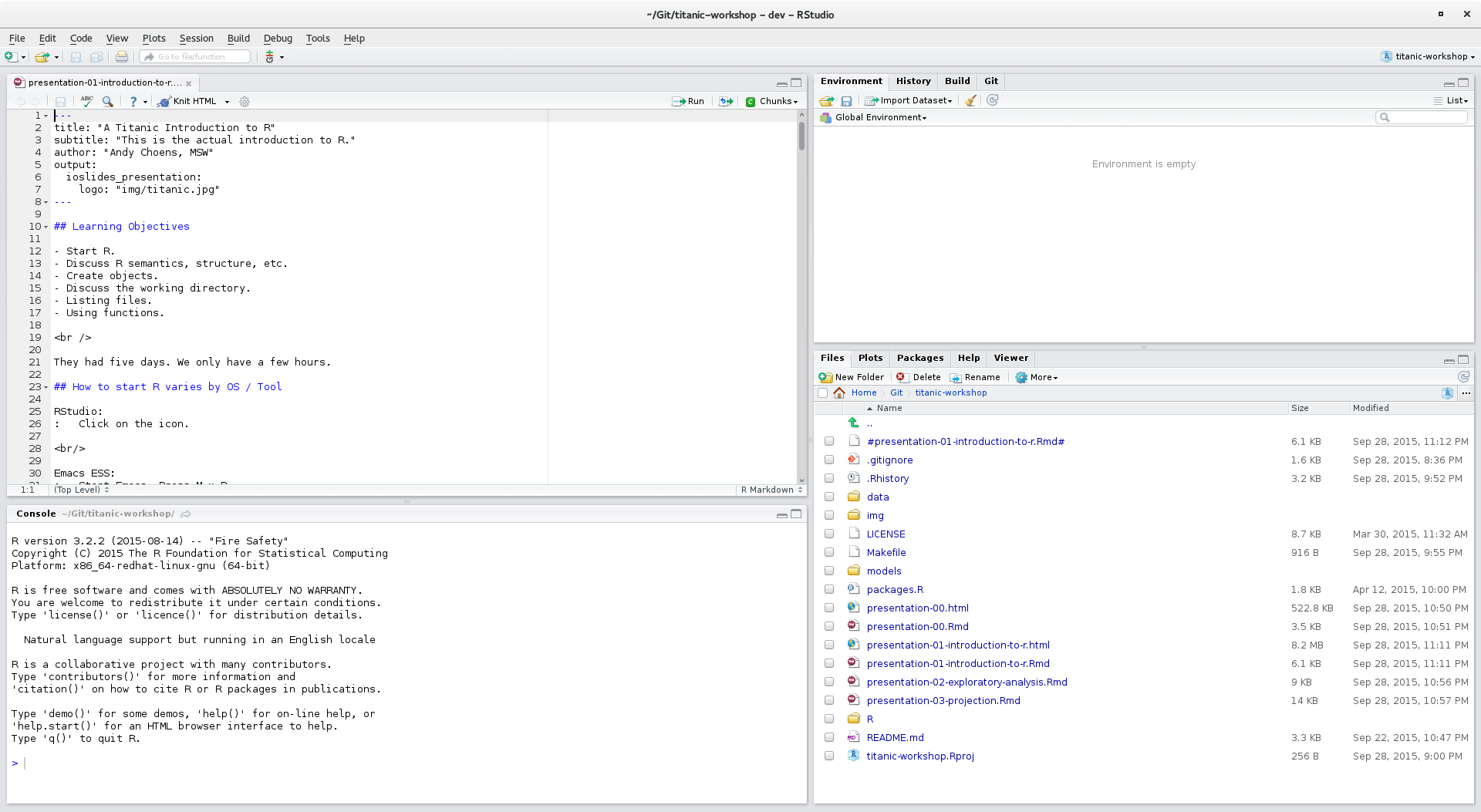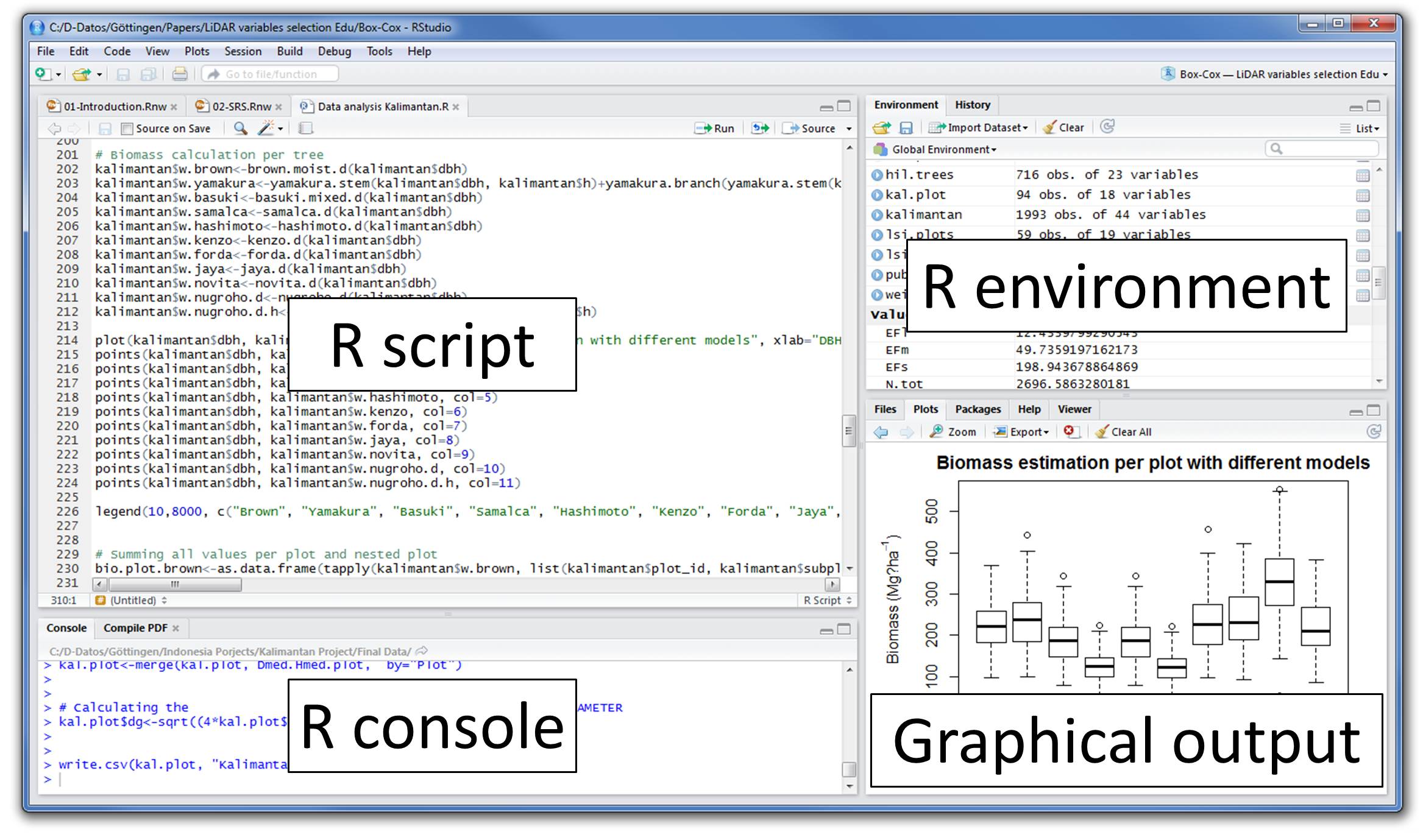

Get familiar with R classes: integer, numeric, character, and logical. Focus on vectors and especially data frames matrices and lists don’t come up often in data visualization. It’s worth making the investing in understanding how R objects work now so they don’t cause you problems later. Learn “R Nuts and Bolts” – Roger Peng’s chapter in R Programming will give you a solid foundation in the basic building blocks of R.

Get comfortable with RStudio – In this chapter of Bruno Rodriguez’s Modern R with the Tidyverse, you’ll learn about panes, options, getting help, keyboard shortcuts, projects, add-ins, and packages. (Click the RStudio menu, then “About RStudio” to see what version you have.) RStudio is constantly adding new features. Working in this IDE will make working in R much more enjoyable.

Install RStudio ( r4ds) – Download the free, Desktop version for your OS. (Use > R.version to check what you have.) If you already installed R, make sure you’re current! The latest version of R (as of ) is R 4.2.2 “Innocent and Trusting” released on 1. Install R ( r4ds) – You need to have this installed but you won’t open the application since you’ll be working in RStudio. ( r4ds = R for Data Science by Garrett Grolemund and Hadley Wickham, free online)



 0 kommentar(er)
0 kommentar(er)
